
Velox Consultants predicts that the Robo-Advisors Market will have a Compound Annual Growth Rate (CAGR) of around 25.4% by 2025. These Robo-Advisors provide automated financial planning services that rely on algorithms and require little human oversight.

There is huge potential for FinTech investments and growth in Africa. This is due to various economic and demographic factors, such as the lack of developed financial infrastructure, an unbanked population of over 65%, and a higher global population growth rate.
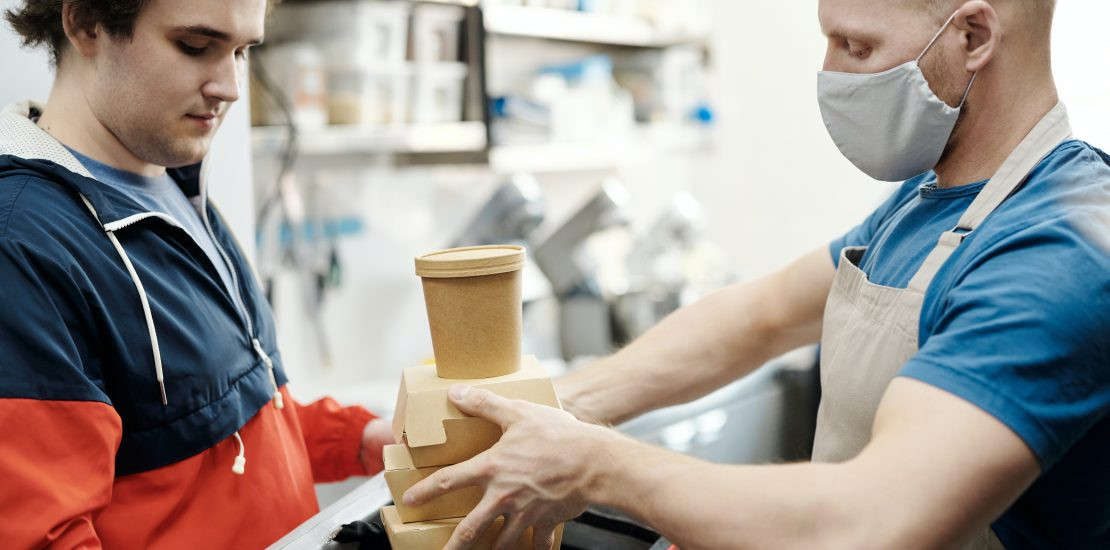
India's cloud kitchen industry is set to surpass US$1 billion by the end of 2022. Indians order food significantly less frequently than other countries, with an average of 5-7 times per month compared to China (23), the US (30+), and Singapore (45-50).

A neobank is a type of bank that operates entirely digitally, without physical locations. It is primarily managed through mobile and web applications, offering a more personalized and user-friendly banking experience than traditional banks. However, the range of services offered by neobanks could be improved in comparison.
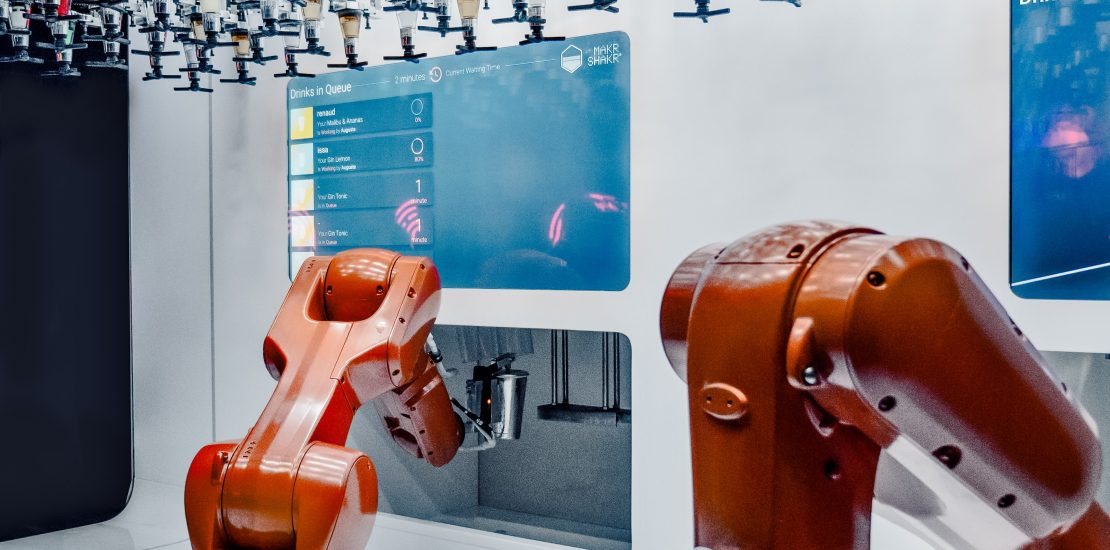
COVID-19 has slowed down B2B and D2C industries worldwide, creating a new normal. Wearables, food tech, AgriTech, smart utilities, automotive technology, and infrastructure are filling the market gap.
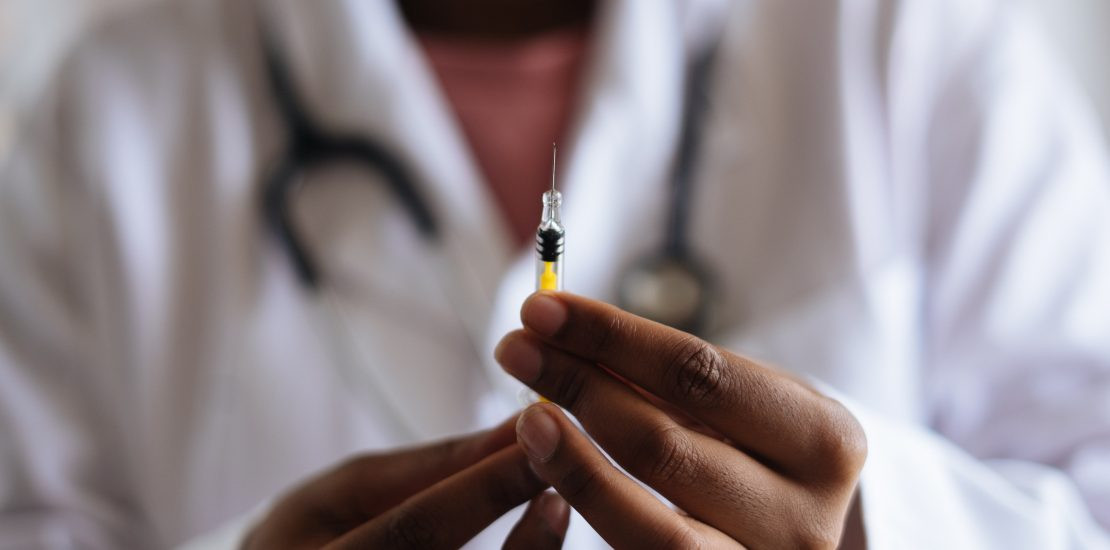
According to government data, India has over 27,000 functional cold chain points, of which around 3 per cent are located at a district level and above.

Before the COVID-19 pandemic, experts predicted that the global Education Technology (EdTech) market would grow at a compound annual growth rate (CAGR) of over 15% by 2025.

Healthcare supply chain management is predicted to grow at over 10% annually by 2025, fueled in part by increasing demand due to the COVID-19 pandemic. These supply chains are considered complex due to the unique demands of healthcare services.
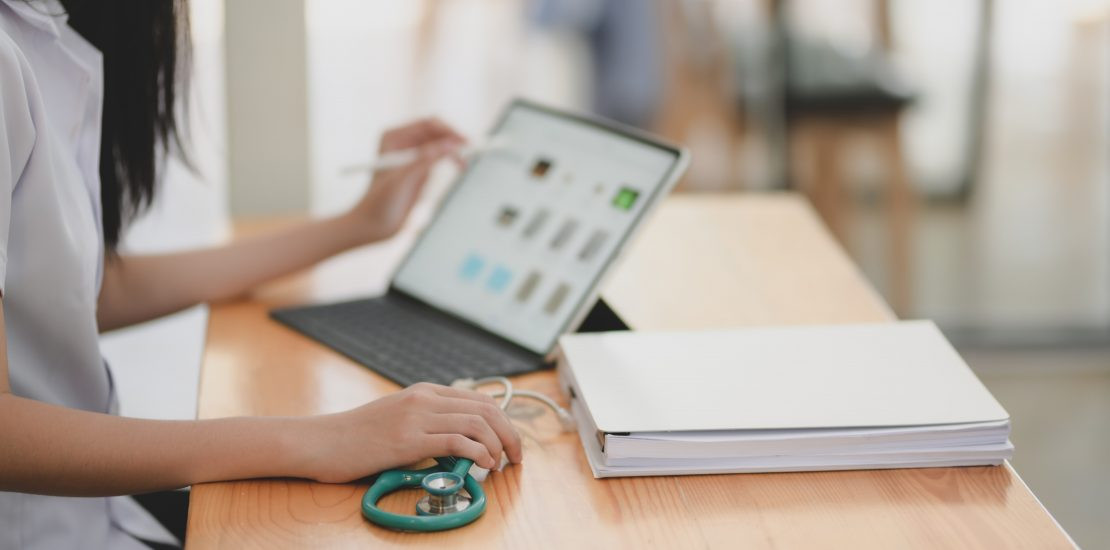
Telemedicine is growing rapidly and is expected to reach $176 billion by 2025. It offers personalized healthcare services, benefits remote and urban patients, and has higher patient engagement and lower costs. McKinsey estimates $250 billion in healthcare spending could shift to virtual care models post-COVID-19.

The future of disruptive marketing in consumer packaged goods seems to have not received much attention lately. Nevertheless, businesses must start taking action today.
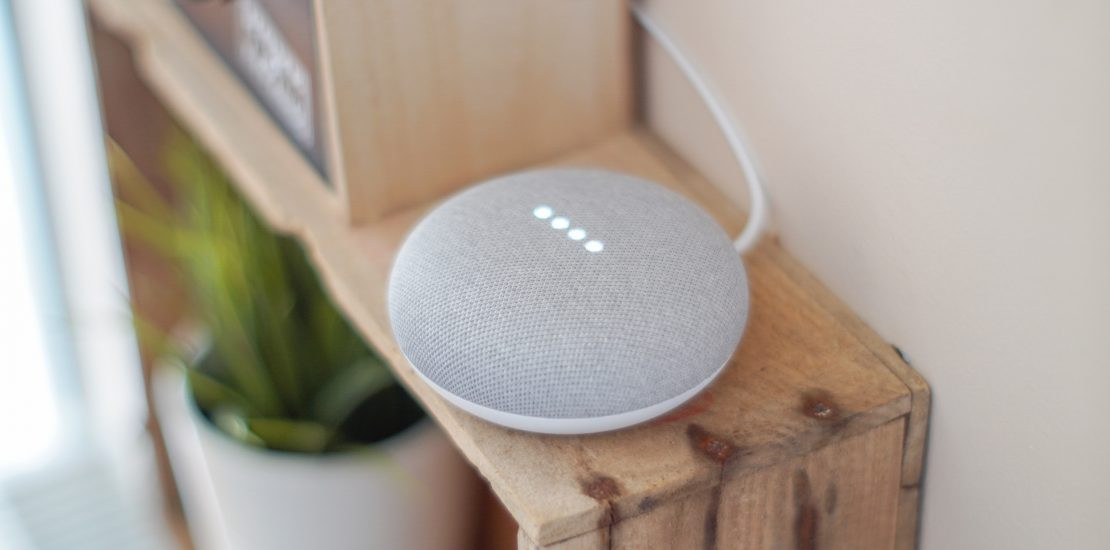
Using the right tools for digital marketing is key. Training and monitoring the machine's performance is crucial, as it learns like a human.
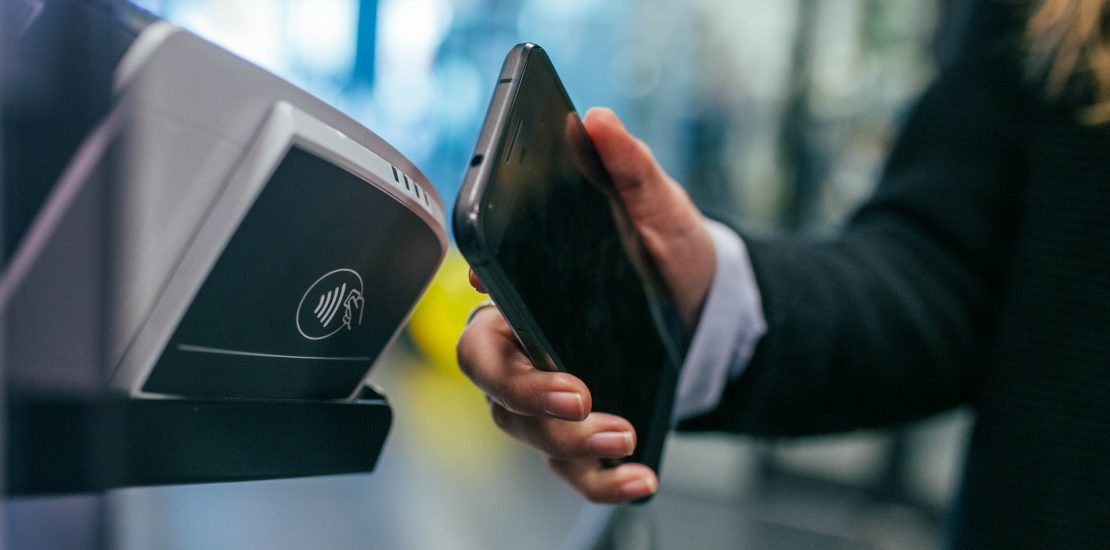
AI is being used in FinTech, primarily through GPUs and CPUs with high capabilities. The banking industry is undergoing a global transformation.